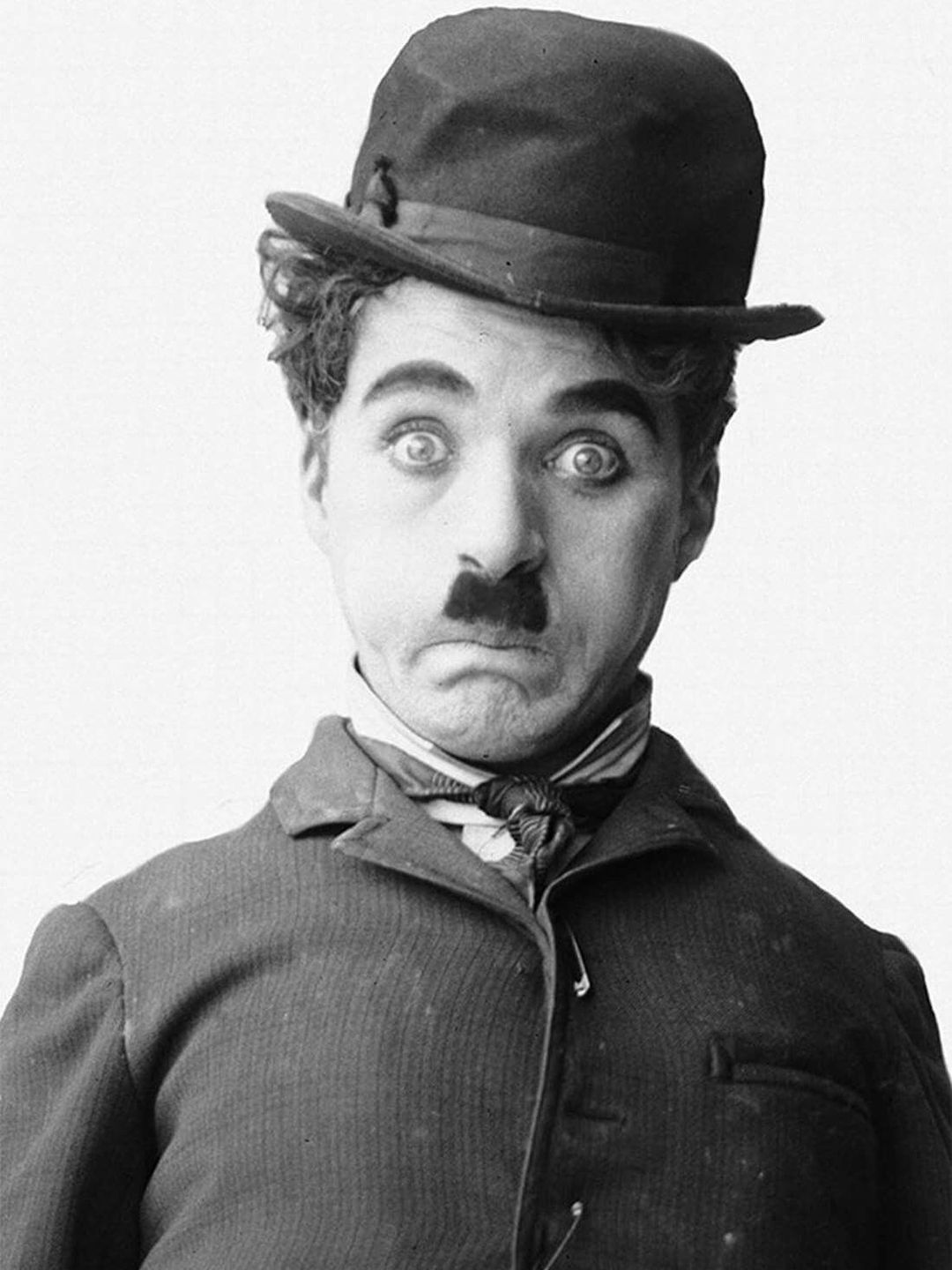Biography of Charlie Chaplin
Charlie Chaplin was a legendary figure who helped shape the early days of cinema. Bernard Shaw called him "the only genius to come out of the movie industry." Creator and performer of the famous Tramp character, a versatile cinema master who worked as a director, screenwriter, and composer. Films like "The Kid," "The Gold Rush," "City Lights," "The Great Dictator," and many others have become cinema classics.
Childhood, Youth, Family
Charles Spencer Chaplin was born in spring 1889 to a creative London family: Hannah and Charles Spencer Chaplin Sr. His mother, a music hall performer with Romani heritage and the stage name Lily Harley, already had a child from a previous marriage, four-year-old Sydney, to whom Chaplin Sr. later gave his surname.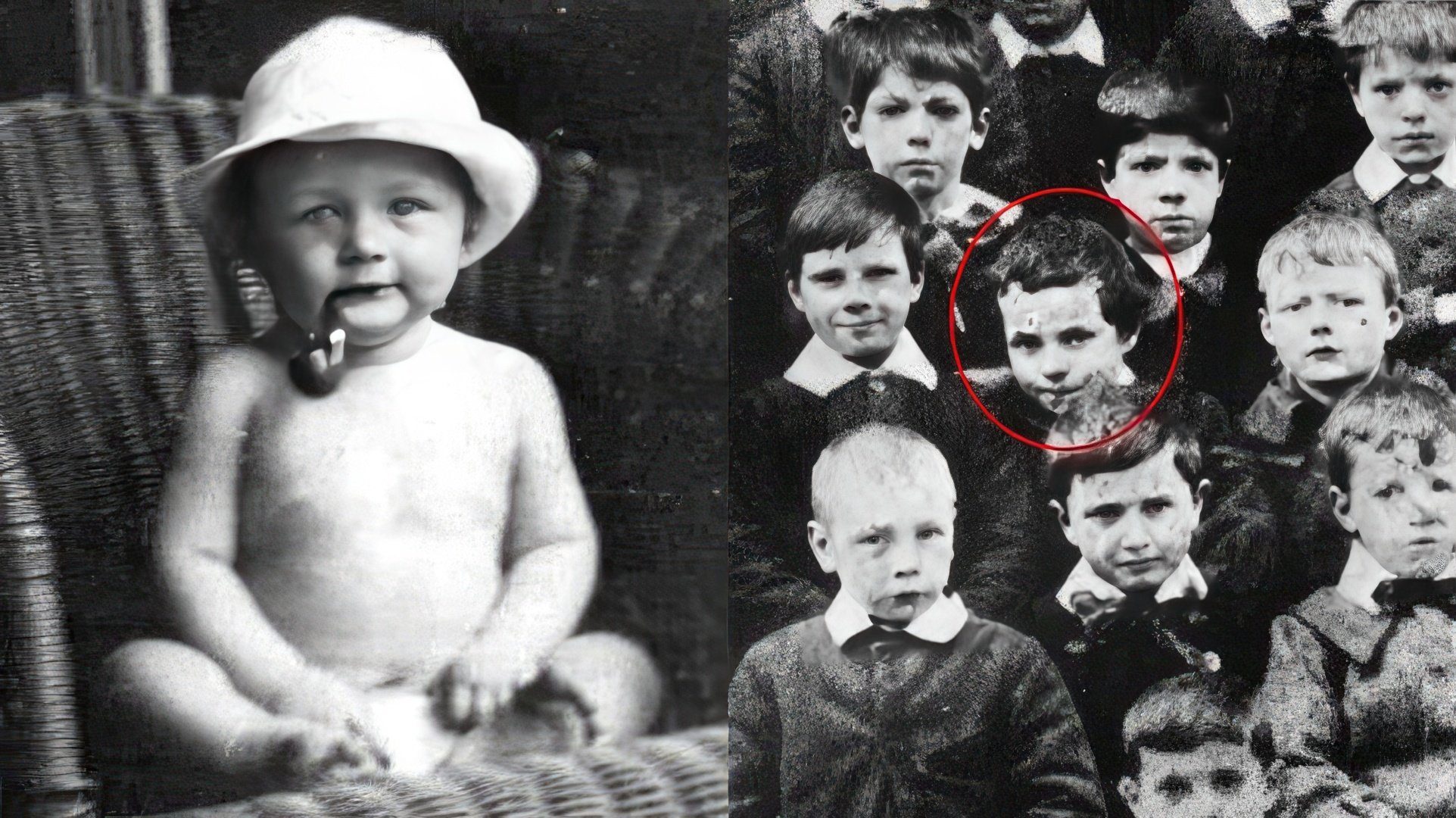
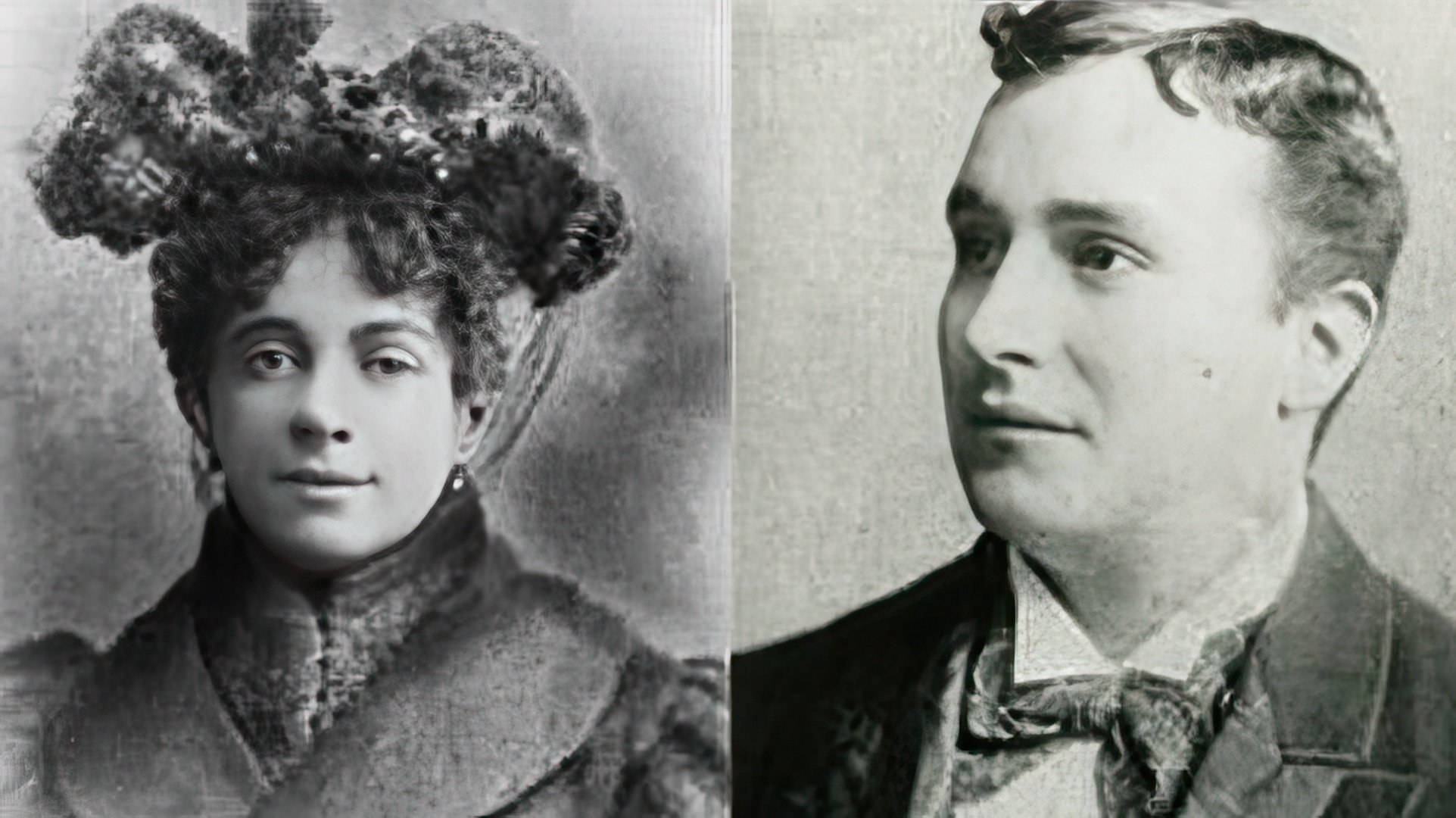
His parents divorced a year after Charlie was born due to the father's constant drinking. Hannah's patience ran out when Charles Sr. stopped coming home and providing money for the household and children. Worse still, Charles Sr. became violent when drunk, and one day the woman couldn't take it anymore and fled to friends.…before going to the theater, mother lovingly tucked Sydney and me into soft beds, and after adjusting the blankets, left us in the care of a maid. At my age of three and a half, anything seemed possible to me. If Sydney could perform tricks, swallow a coin, and then pull it out from the back of his head, then I could do it just as well. To prove it, I swallowed half a penny, and mother had to call a doctor.
When the boy turned five, he went on stage in a variety show to replace his mother, who had suddenly lost her voice, and sang a song from her repertoire, stopping to collect coins tossed by the crowd. The audience laughed, but Charlie's natural spontaneity and sweet voice won over the crowd in his first taste of success.
Hannah never regained her voice, and with its loss, their financial situation worsened. She first moved with her sons into two rooms, then into one, each time moving to increasingly desperate neighborhoods. The path to the stage was closed, so she bought a sewing machine to try to earn a living. Hoping that her voice would return, Hannah carefully kept a trunk with theatrical costumes.
But no miracle came. When the money ran out completely, the woman and her sons entered the Lambeth workhouse, into state care. There, Charlie experienced crushing loneliness for the first time: his mother was in the women's section, and he and his brother were in the children's section. They could only see each other in passing.
Later, the Chaplin brothers were sent to a poor school in Hanwell. There, Charlie first endured both physical pain and humiliation – he was whipped for an offense he didn't commit.
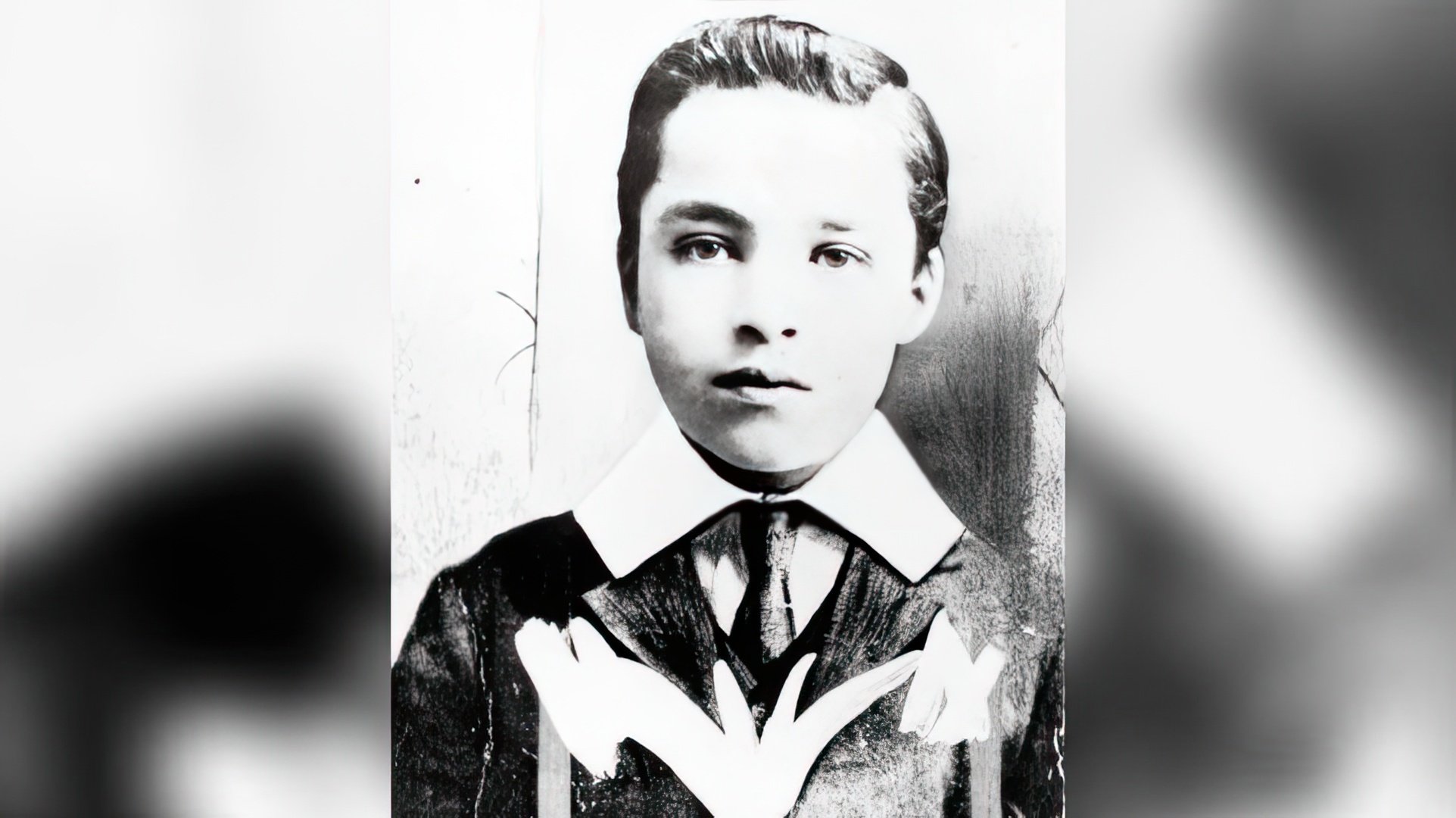
But the happiness was short-lived – the children were sent back to the orphanage while their mother returned to state care. Chaplin wrote about his first sense of disaster:
The boys moved in with their father and his new family. His wife Louise wasn't thrilled about this development – Charles was getting fewer gigs, and they already had a son of their own. Both she and her husband drank heavily, and the boys often spent nights on the street when she locked them out. Once, the police even got involved.One day, while Sydney was playing football, two caretakers pulled him aside and told him that our mother had lost her mind and been sent to Cane Hill Asylum. Upon hearing this terrible news, Sydney showed no sadness, but after finishing the game, he hid in a dark corner and wept. When he told me about our tragedy, I couldn't believe it. I didn't cry, but I was filled with despair. Why did she do it? Mother, so cheerful and carefree, how could she go insane? I had this vague feeling that she'd lost her mind on purpose – to stop thinking about us.
One day, Hannah appeared at their door, having been released from the asylum. She gathered her sons, rented another room, and they lived together once more. Charlie was happy to listen to her theater stories again.
School bored the boy, but one day just before Christmas, they announced they'd be staging "Cinderella," and Charlie got excited. Charlie was certain he'd land a role. He didn't. But soon he became a school celebrity – the boy recited a hilarious poem about a fluffy kitten, showcasing his comedic talent and earning him roles in school performances.
Recognizing his gift, Charlie started performing on street corners, entertaining anyone who'd watch. A school teacher named Jackson spotted him there and invited him to join a children's tap dance troupe called "Eight Lancashire Lads," where Charlie performed starting in 1899. Charlie excelled, with people predicting a bright future in tap dancing – but his real dream was making people laugh.
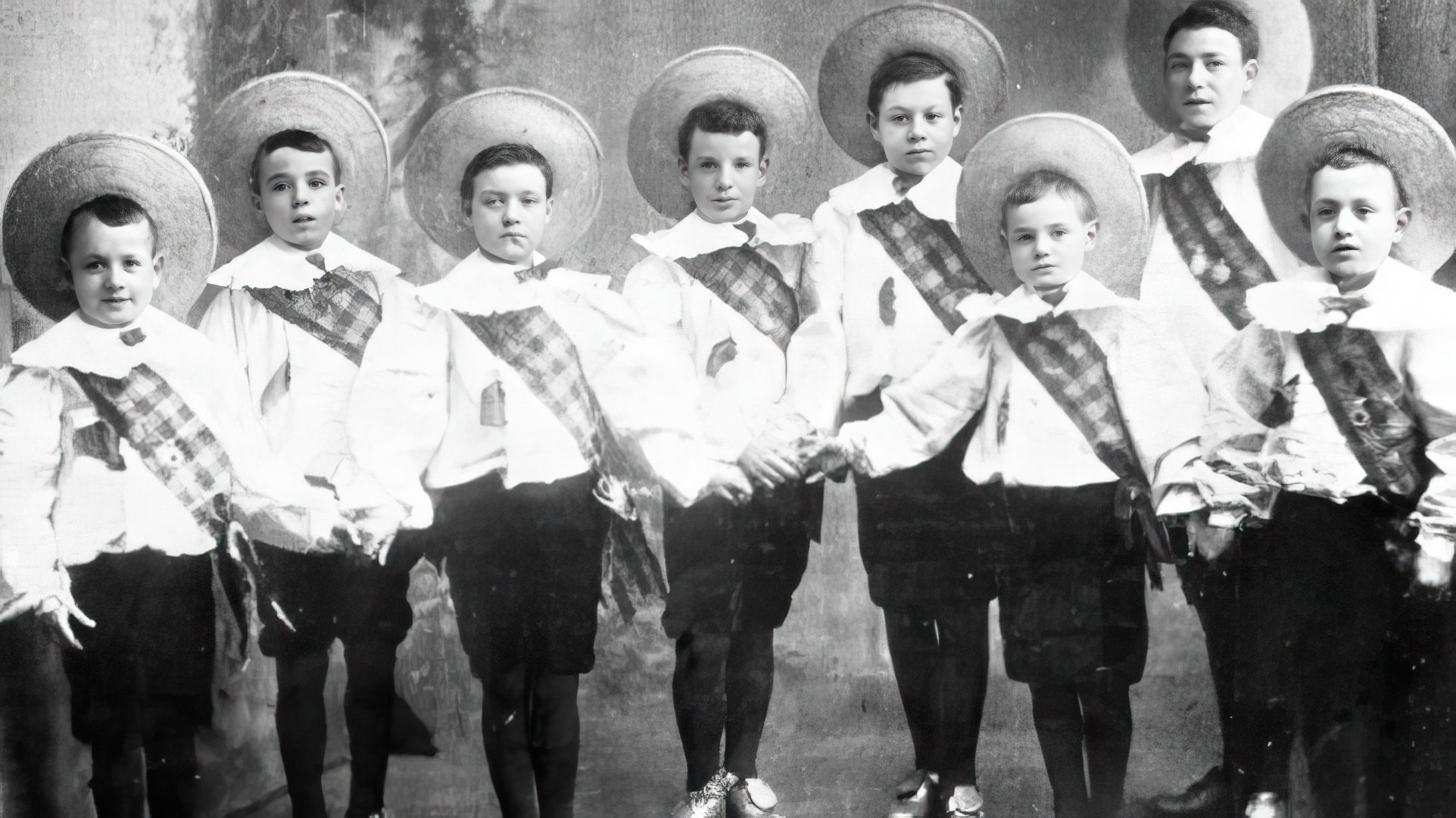
First Roles
The boy was over the moon: they could finally escape poverty, and his mother, who had suffered another mental breakdown, could be taken out of the hospital. Syd helped him quickly master the role, and Charlie started rehearsals. With "Sherlock Holmes," they went on tour, after which Chaplin received an offer to perform in a West End theatre. Chaplin called this moment his second birth, but an even bigger turning point was waiting for him.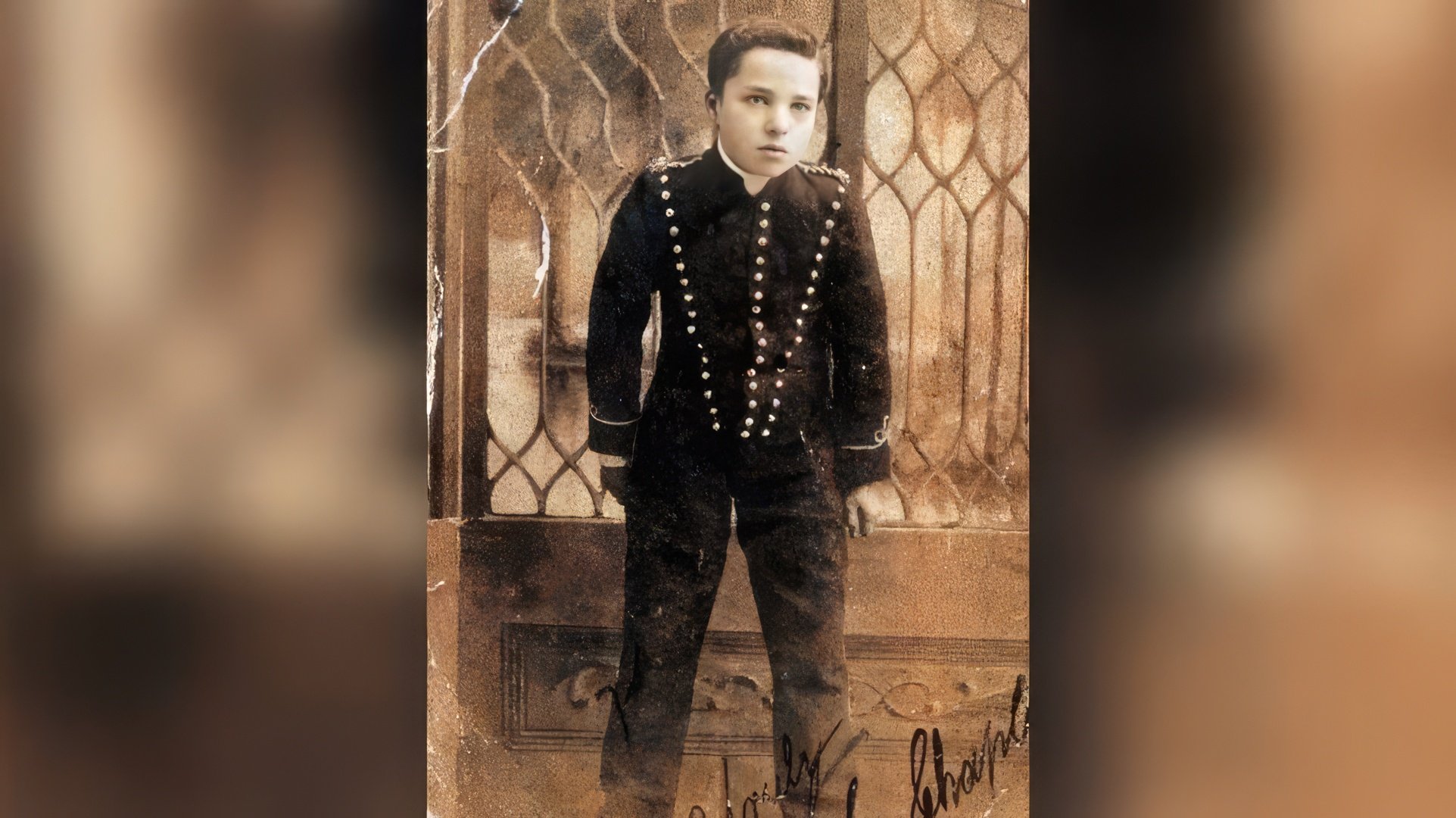
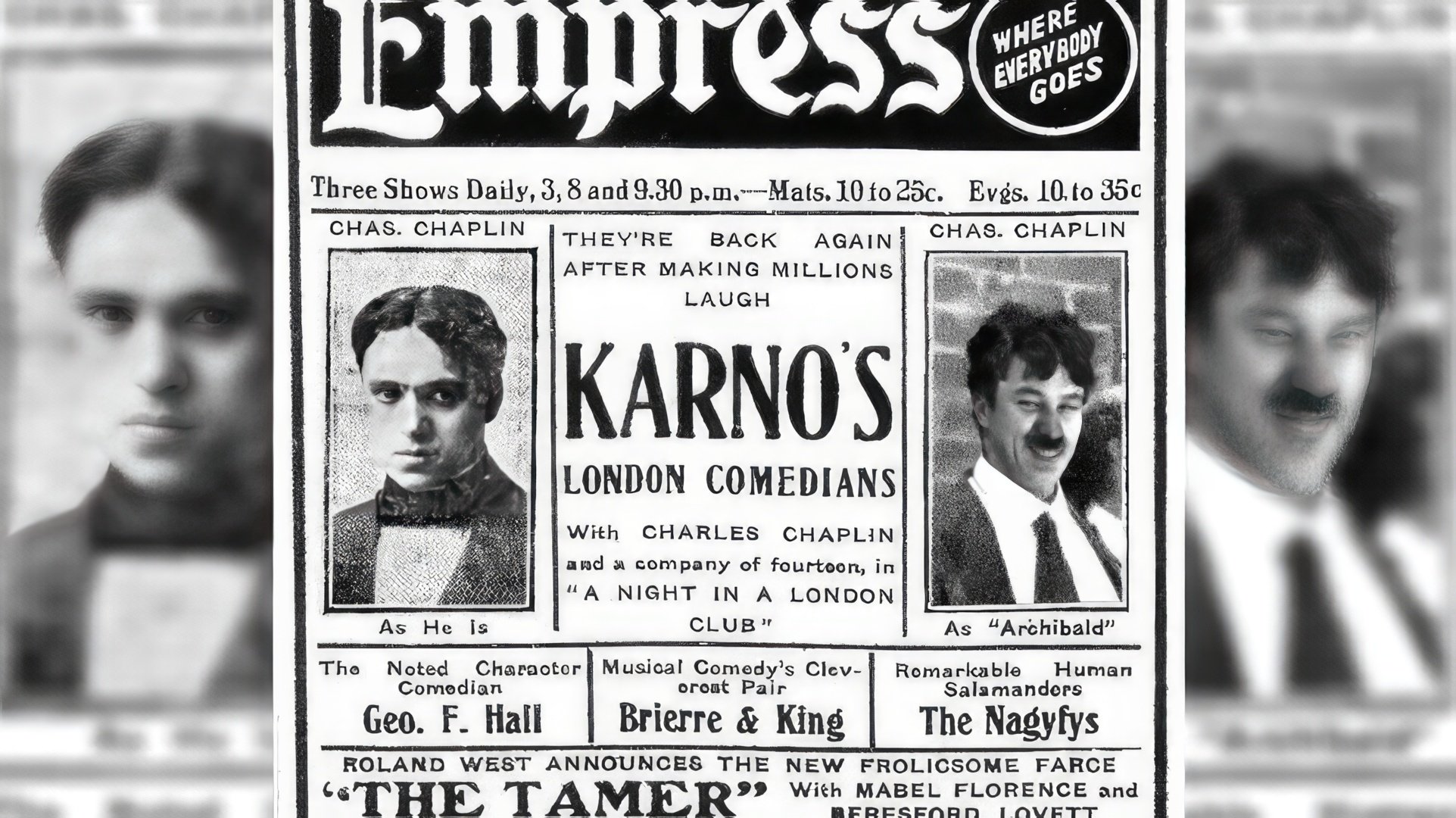
Soon after getting back from France, Karno's troupe traveled through Canada to the United States, where they toured for two years before wrapping up in Salt Lake City. Chaplin desperately wanted to stay in America for good, knowing he'd already hit his ceiling in London. America felt like the place where he could make his bigger dreams come true.Paris turned out to be just as I had expected. The journey from Gare du Nord to Rue Geoffroy-Marie filled me with such excitement and impatience that I wanted to jump out of the carriage and walk at every corner. It was still the Paris of Monet, Pissarro, and Renoir. Even new innovations like the automobile didn't spoil the picture.
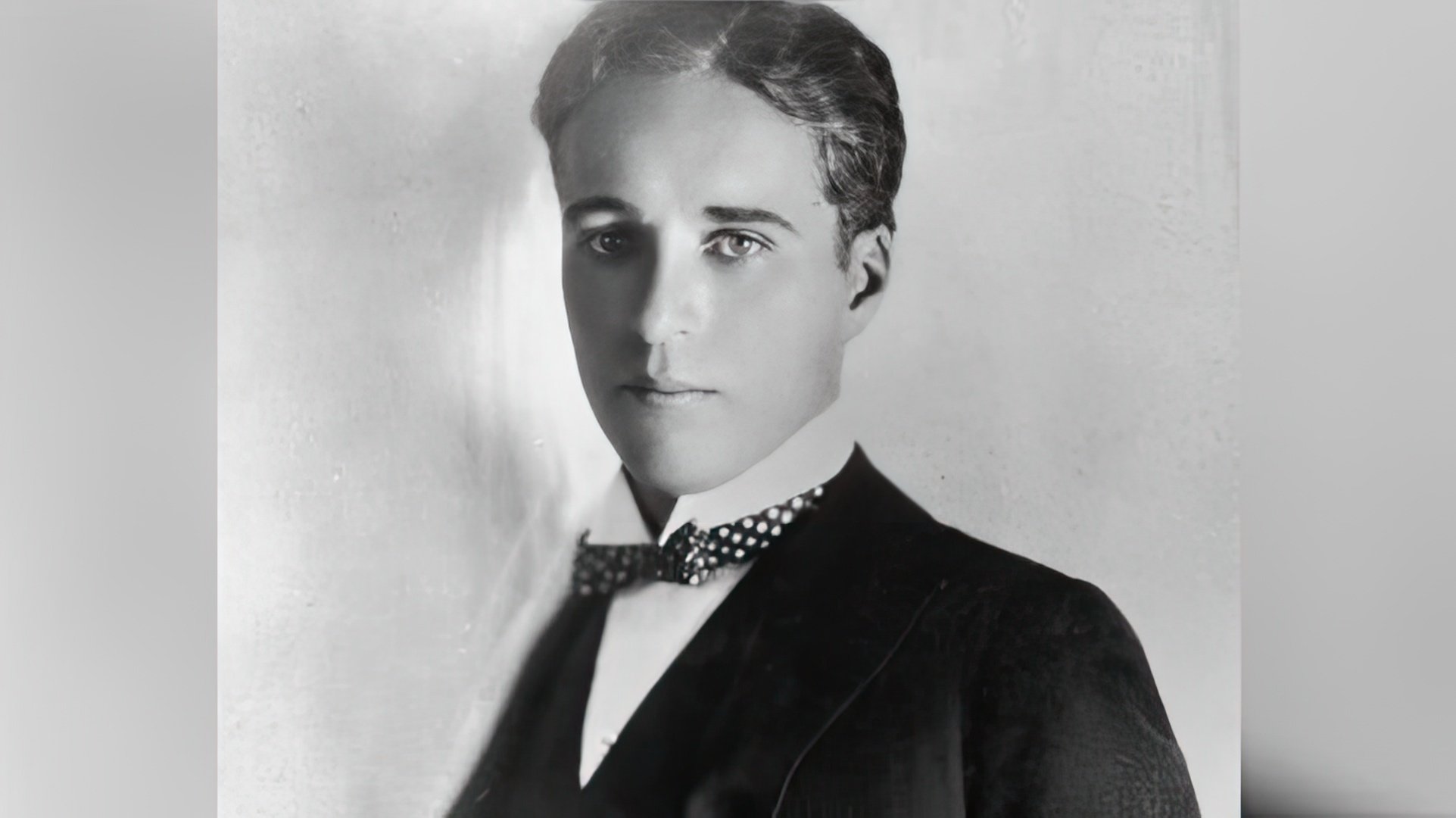
Chaplin's first movie role was playing a newspaper reporter in Henry Lehrman's short film "Making a Living," which came out in February 1914. The director brutally cut all his comedy bits, and Chaplin almost lost hope when the film hit theaters. Years later, Henry admitted he did this because Chaplin was "getting too big for his boots" as a newcomer.
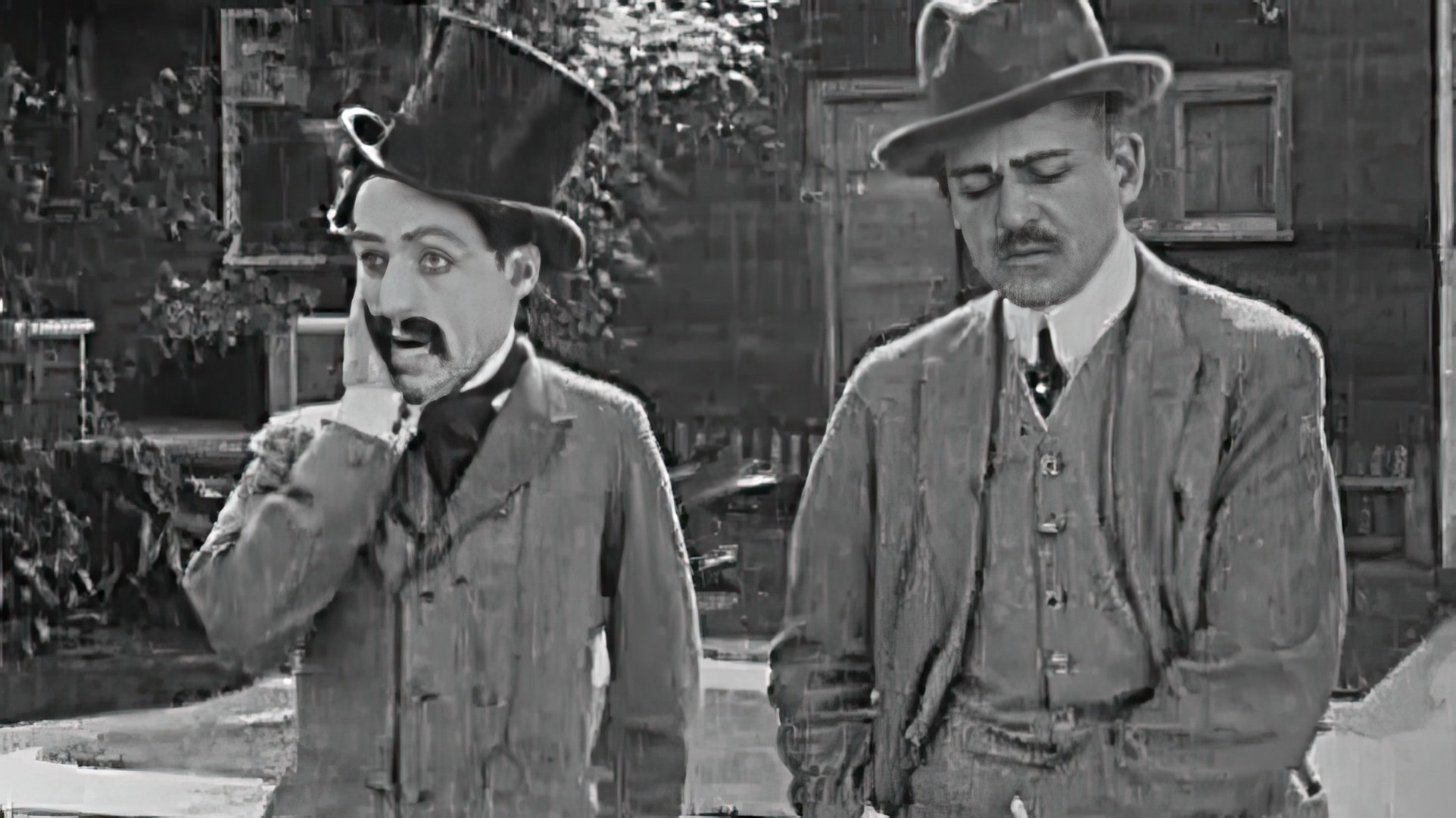
The Peak of His Career
One day, producer Mack Sennett suggested Charlie put on makeup and try his hand at comedy. That's when his iconic tramp character was born: with a cane, a bowler hat, baggy pants, and enormous shoes. To age himself, Chaplin added a small mustache that wouldn't mask his expressions.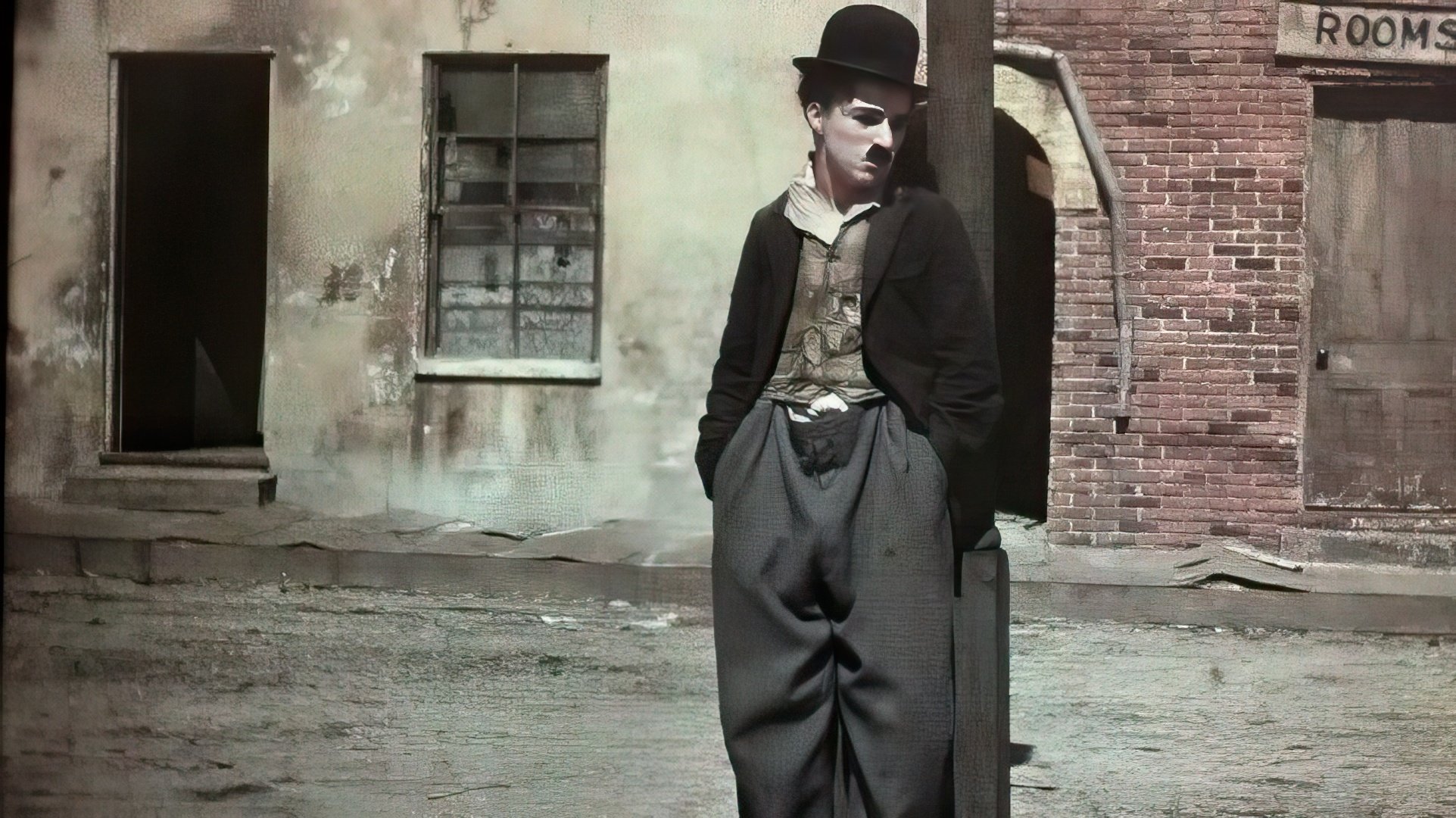

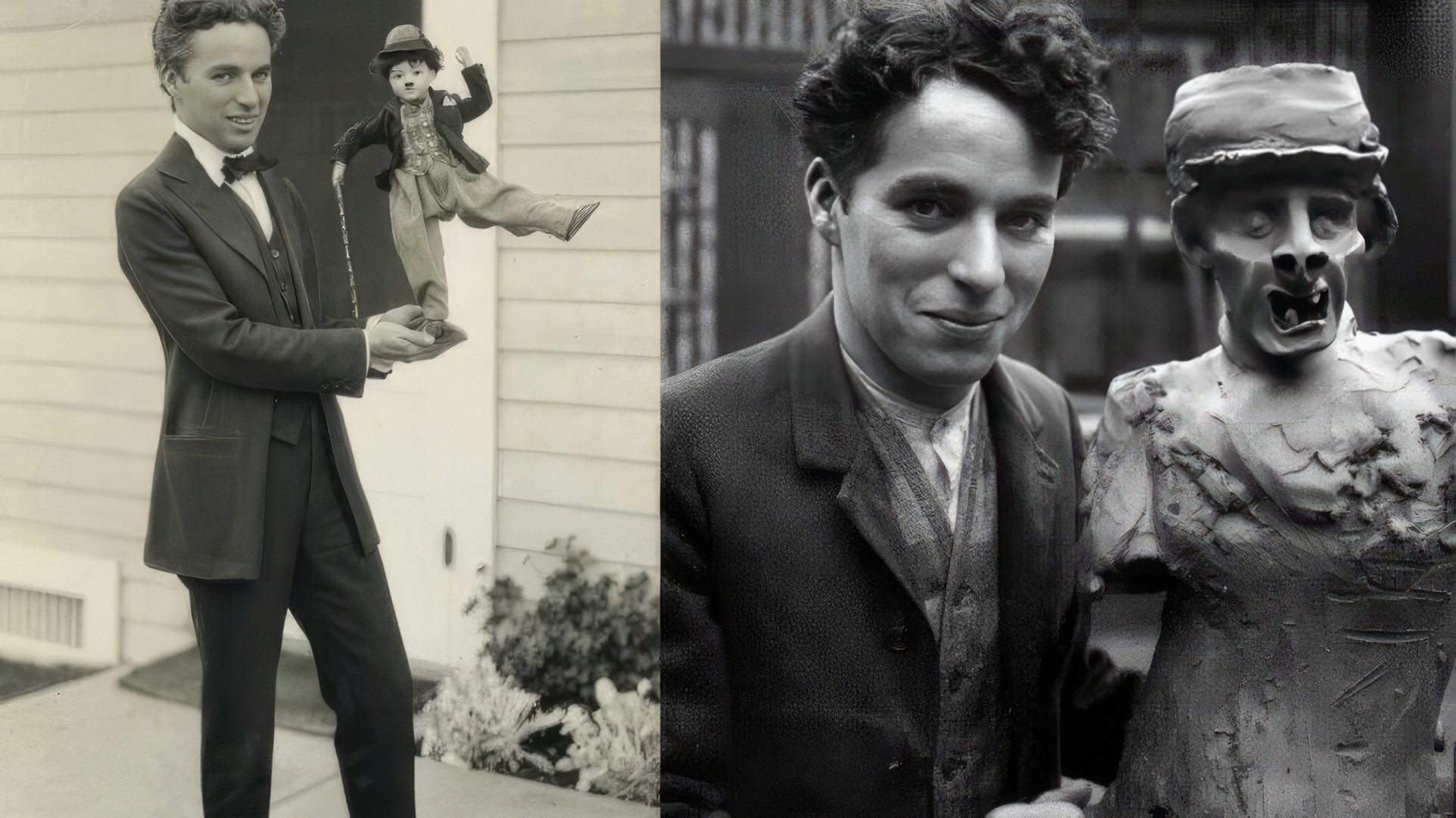

"City Lights" (1931), the story of a blind flower girl and the Tramp, catapulted the director to even greater fame. But it proved to be a nightmare for novice actress Virginia Cherrill. For the simple scene where she says "Flower, sir," Chaplin shot a staggering 342 takes, insisting she deliver the line as if speaking to a deaf person. He never explained why this was necessary for a silent film, later blaming it on a nervous breakdown. Cherrill was convinced that Charlie hated her.
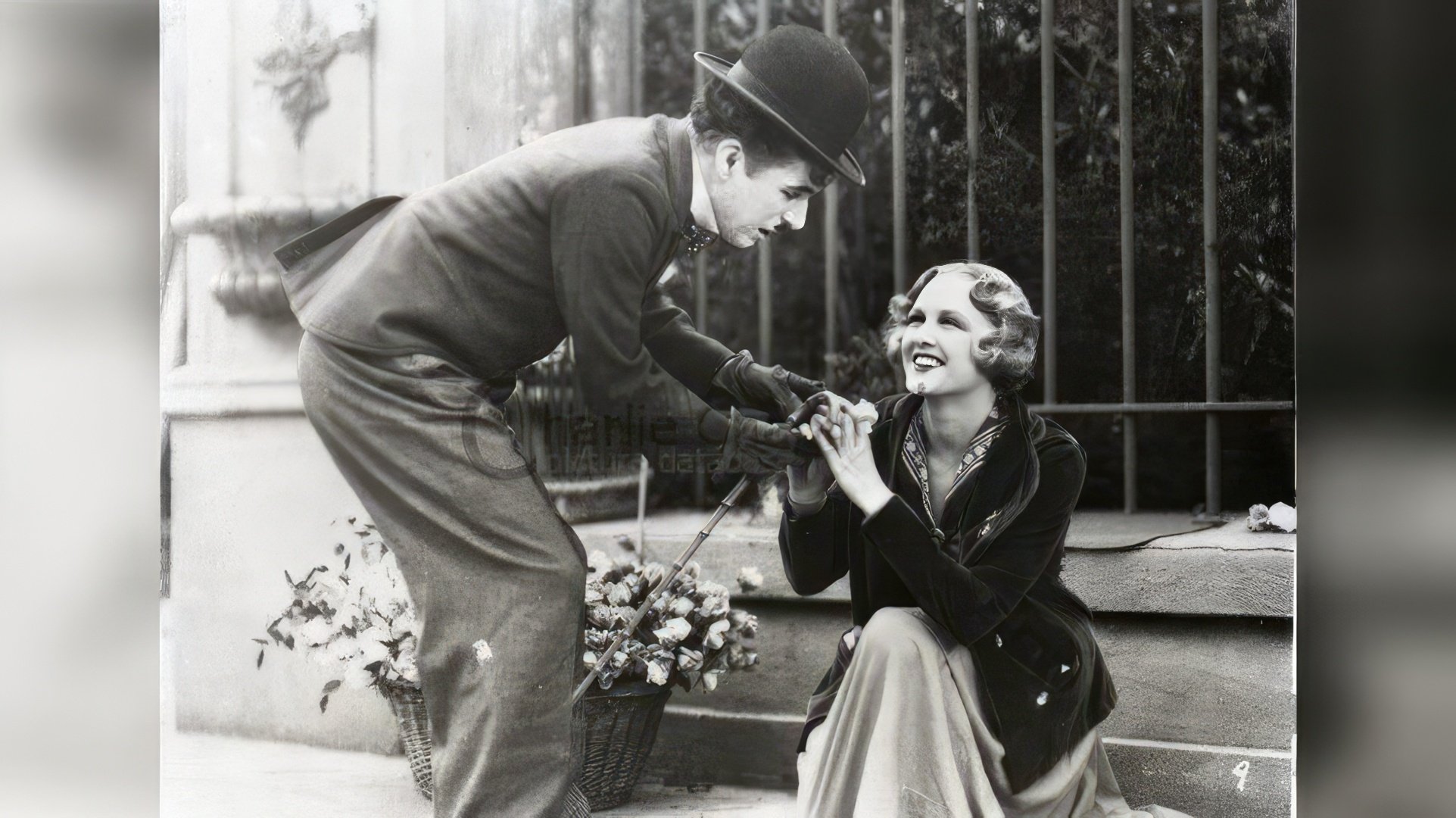
Meanwhile, Chaplin penned "Limelight," which became the 1952 film of the same name, earning him an Oscar for Best Original Score – his third Academy Award after two previous honors for his contributions to cinema. The world premiere was set for London that fall, with the master himself expected to attend. He was not allowed to return to America.
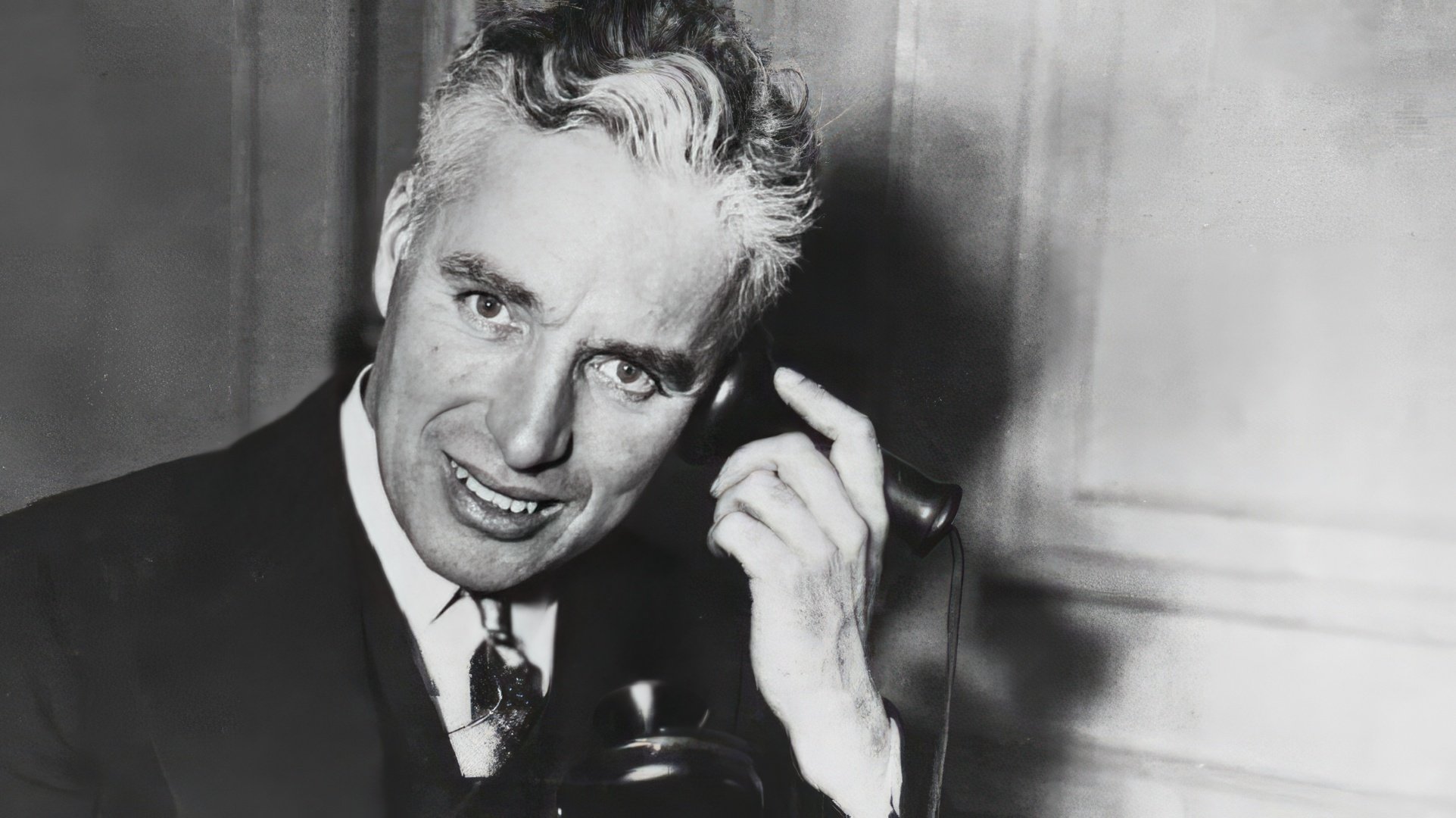
Last Years of Charlie Chaplin's Life
But the actor's fame came with a dark side. Over the years, he faced accusations of supporting communist causes. As a result, many of his films were banned from theaters. Chaplin himself often faced widespread criticism."The Great Dictator," where Chaplin portrayed Hitler, also brought him serious trouble. The pressure eased somewhat after Germany invaded Poland, but fascist sympathizers continued sending him threatening letters.
In his final decade, Charlie Chaplin retired from acting. He spent his golden years in the Swiss town of Vevey, where he peacefully died in 1977. A monument to the comedian stands in the town that became his final resting place.
Charlie Chaplin's Personal Life
Charlie Chaplin's first love was young ballerina Hetty Kelly. She was only fourteen, and their relationship consisted of just a few dates. During one of these dates, Charlie confessed his love, which scared Hetty. They parted ways, but this platonic first love stayed in the actor's heart forever. Later, he would prefer young women—sometimes disturbingly young.
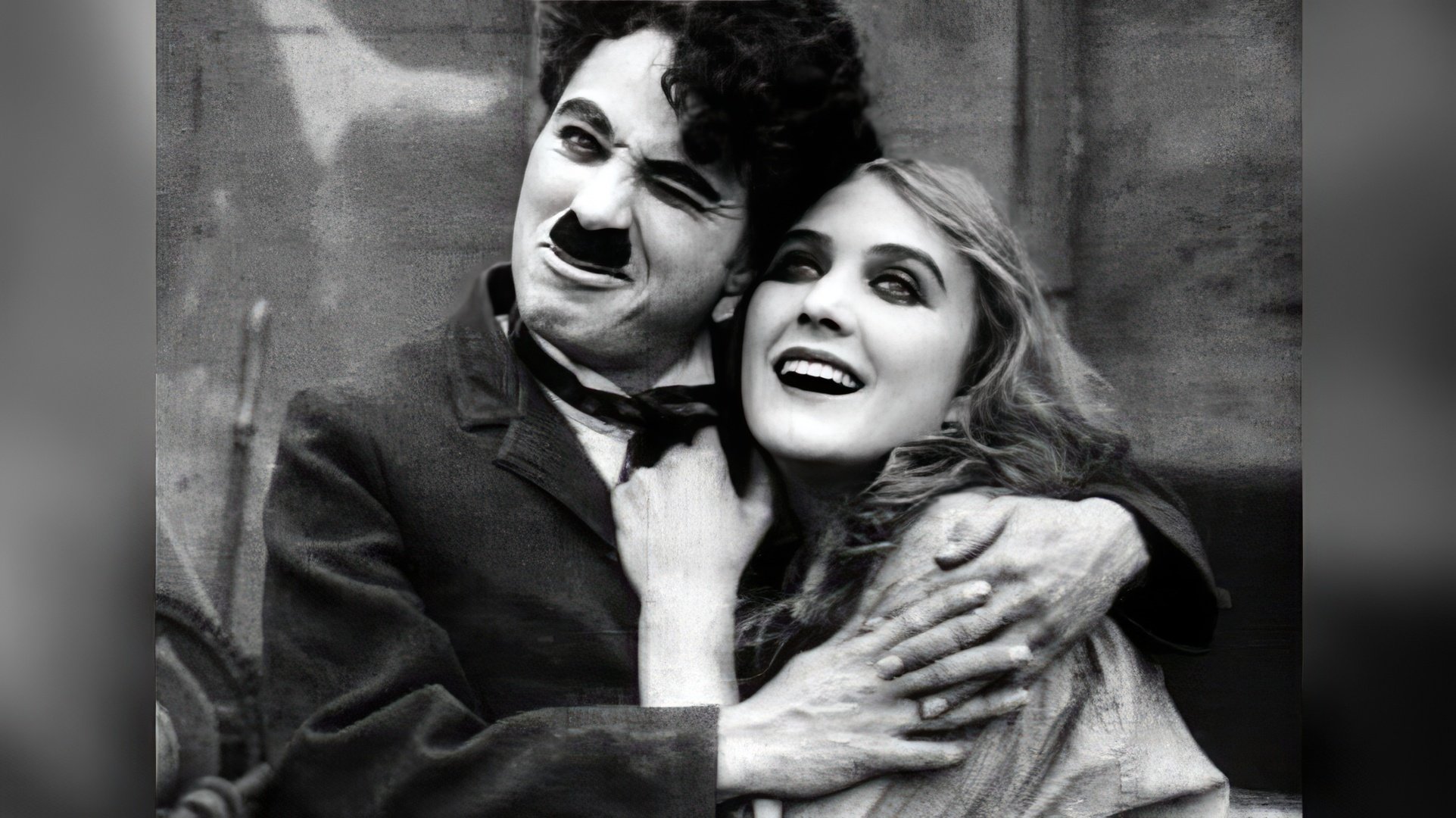
At that time, Chaplin was finishing the film "The Kid." His wife's lawyers tried to seize the film to claim its future profits. Chaplin packed over 100,000 feet of film into coffee cans, secretly smuggled them out of California, and edited "The Kid" in a Salt Lake City hotel room. He paid his ex-wife $100,000 instead of the initially demanded $20,000.Mildred wasn't mean, but she was hopelessly ordinary. I could never reach her soul. It was stuffed with pink fluff and silly trifles.
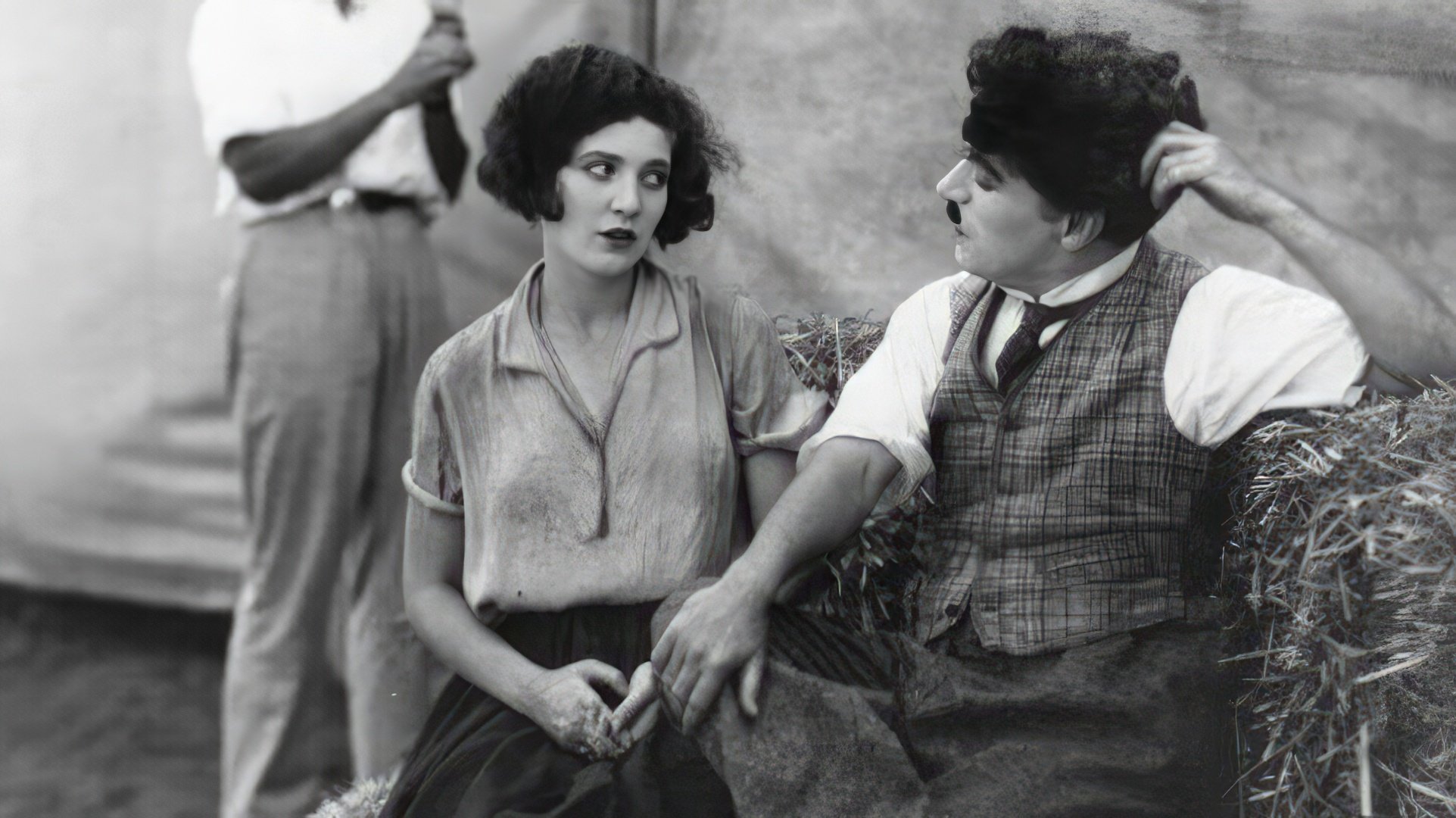

Chaplin married the actress away from journalists in Mexico. The wedding was "disguised" as a film shoot. During their three-year, deeply unhappy marriage, their sons Charles and Sydney Earl were born. Chaplin hadn't planned on a second child. A few years later, their divorce cost Chaplin $700,000. The children stayed with their mother.I can't marry this child. I already married a 16-year-old once, and the press made me a laughingstock.



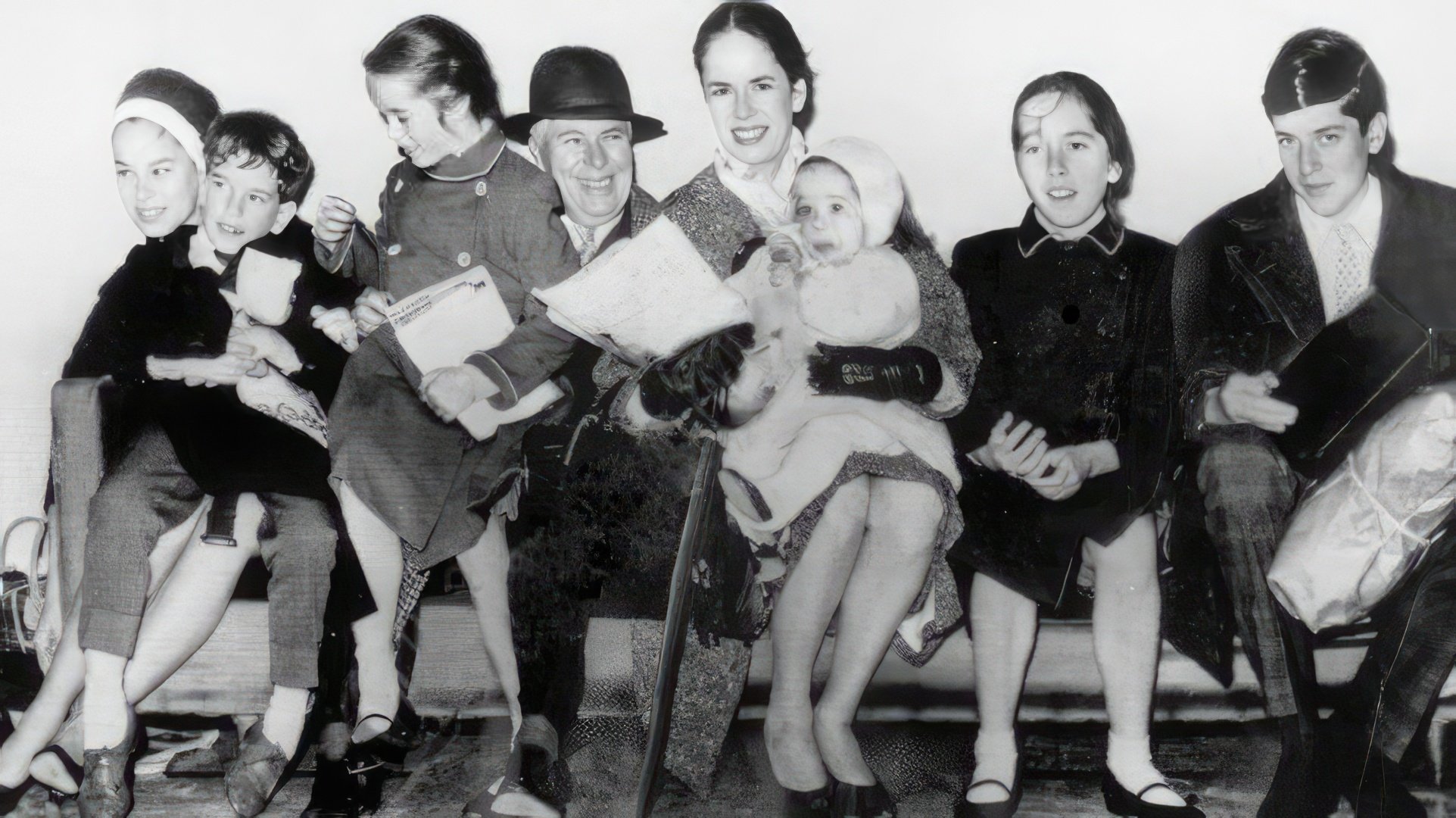
Death and Memory
Charlie Chaplin spent his final years in Switzerland. He died peacefully in his sleep at age 88. The legendary Tramp was buried in the Corsier-sur-Vevey cemetery. However, his final rest wouldn't come easily.In March 1978, just months after his death, two immigrants dug up Chaplin's coffin. Police later discovered that Polish Roman Wardas and Bulgarian Gantscho Ganev had done this to extort ransom from the family. Authorities quickly caught the culprits and reburied the coffin in the same grave. Nearly two meters of concrete were poured over it.
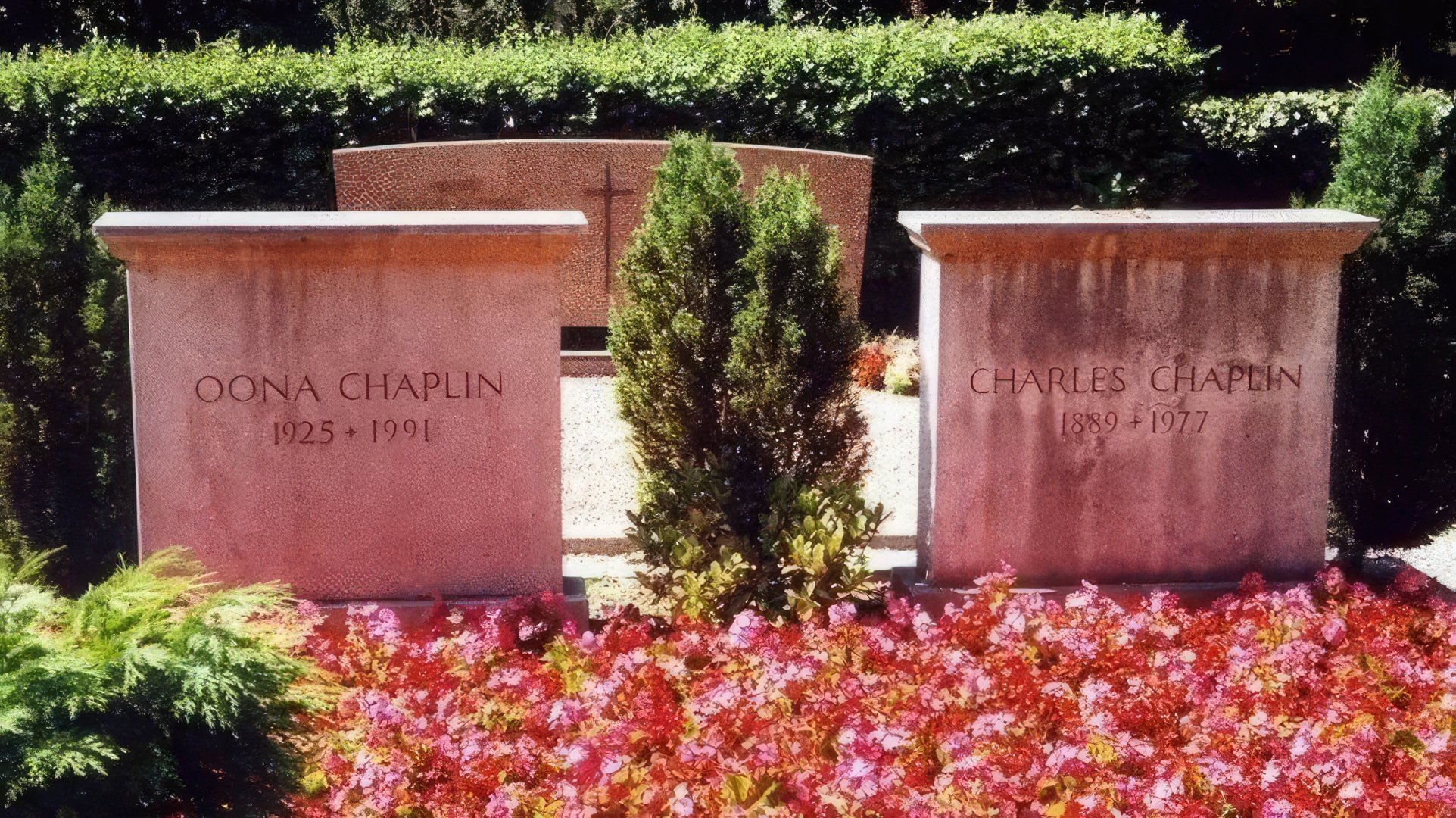
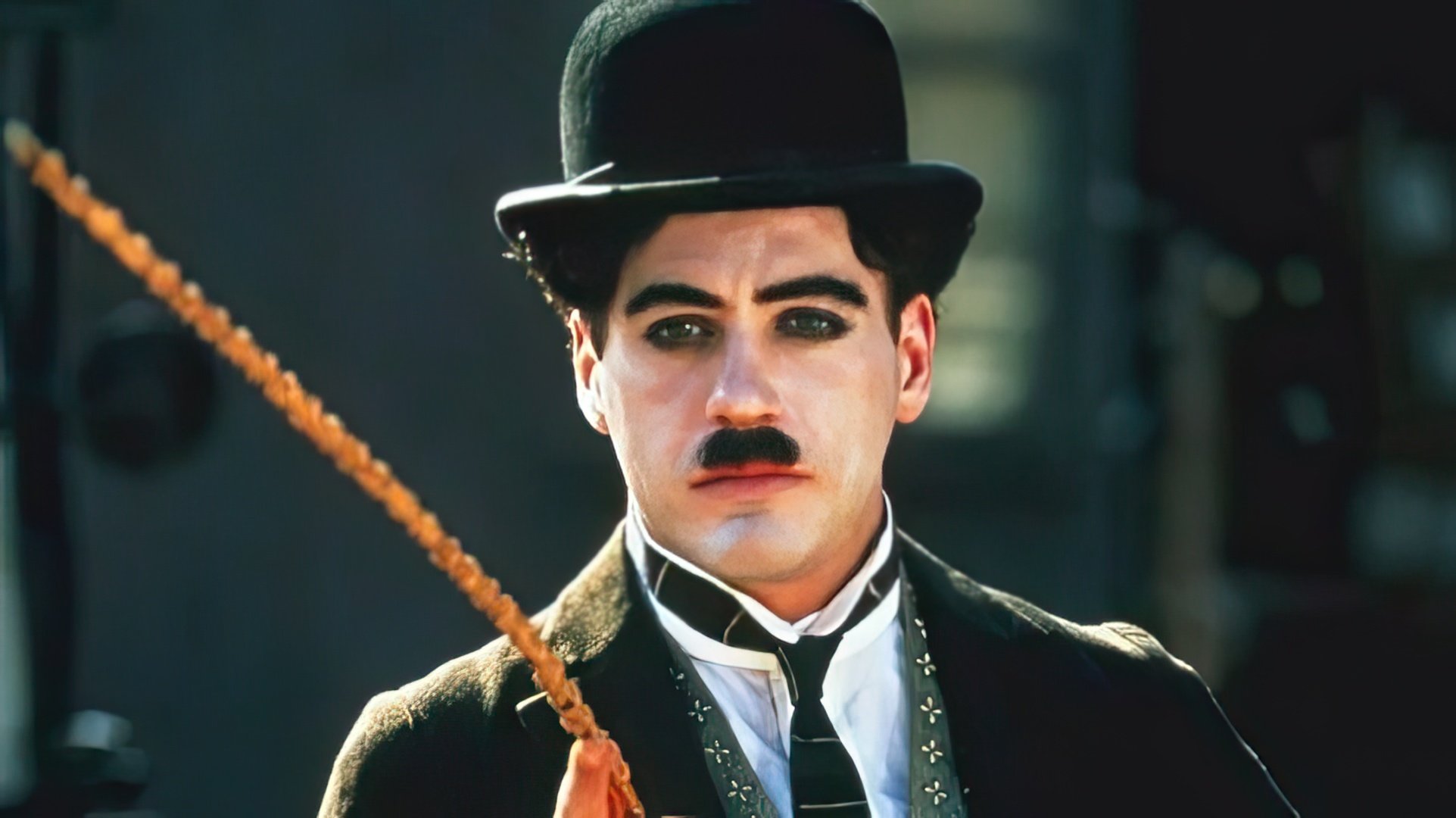
Interesting Facts
- Throughout his life, Charlie Chaplin was the subject of countless rumors. One such rumor concerned his origins. Even though his parents were English, people insisted his real name was Israel Thornstein. In the 1930s, he was even listed in "The Richest Jews" and included in the encyclopedia "Who's Who Among American Jews."
- As a teenager, Charlie had two terrifying encounters with murderers—and lived to tell about both. The first was Edgar Edwards, who killed the owners of a grocery store and hid the bodies in a large box. The second was bartender George Chapman, who poisoned his lover. These chilling experiences haunted him and later inspired his dark comedy "Monsieur Verdoux."
- At 21, Chaplin seriously considered ditching acting altogether to raise pigs in Arkansas. But a pig farming book—complete with graphic details about castrating piglets—horrified him so much that he decided to stick with acting.
- In his youth, Chaplin owned just one set of clothes that he washed twice a month, earning him a reputation for being unkempt. Once he became famous, he hired staff to help him stay presentable. Without their help, he'd get so lost in his work that he'd forget he'd been wearing the same outfit for days.
- In 1932, Chaplin narrowly escaped death in Japan while promoting "City Lights." After the premiere, he was scheduled to dine with Prime Minister Tsuyoshi Inukai. Instead, Chaplin decided to hang out with Inukai's son and catch a sumo match. That choice saved his life. Japanese military nationalists attempting a coup stormed the dinner and assassinated the Prime Minister. In court, ringleader Seishi Koga admitted he had nothing personal against Chaplin—he just hoped killing him would spark a war with America. The lieutenant didn't realize Chaplin wasn't even an American citizen.
- Chaplin was close friends with both Winston Churchill and Franklin Roosevelt. Churchill taught him bricklaying, while Roosevelt convinced him to make "The Great Dictator" despite threats from American Nazi sympathizers. Chaplin was so worried the film would be banned that he actually stopped production—until Roosevelt gave him the green light. The finished film delighted the American president.
Found an error? Select the text and press Ctrl+Enter
Error in the text? Select it — a send button will appear
